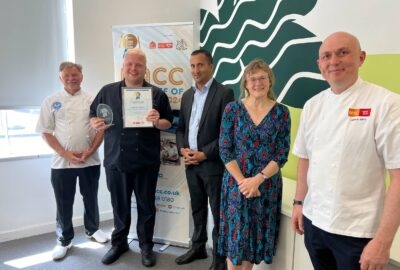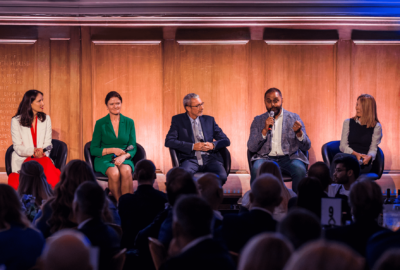Improving the customer experience at university catering outlets is essential to retain existing consumers, as well as attracting new ones. Statistics suggest that 14% of consumers stop using a business because of a poor quality product or price whereas 67% go elsewhere because of a bad experience.
Ian Kelsall, director of insight6, a specialist customer experience company, explains “The market-place is congested and many competitors are probably selling similar products at the same prices, so you have to give the student a reason to pick your outlet that is not solely reliant on product or price, as these can easily be matched or even bettered elsewhere.”
For students, eating at outlets on campus is quick and convenient, although with the rise in online deliveries, the convenience factor has waned somewhat. Ian says “There’s a danger that university caterers will assume students will use them because they’re on campus and convenient. You don’t want people coming to you because they have no choice and it’s easy. You want them coming because it’s right for them. Customer satisfaction exists in the space above the customer’s expected experience, so if you continually deliver a good experience, you will be satisfying customers.”
Getting Started
The key to improving customer experience (also known as CX) is to gather more customer feedback as it’s impossible to fix what you don’t know is a problem. This can also be used to highlight what works well. Ian recommends a digital platform with a QR code on a restaurant table which students simply scan. “Once they’ve scanned it, keep the survey as simple as possible – thumbs up and down, scores out of 10, red face, green face and so on. Most surveys make the mistake of being too complicated.”
According to Ian, feedback is everywhere if you look for it. For example, a half-eaten meal could mean it was served at the wrong temperature, the portion size was too big. “If you can discover what you’re doing that’s working well and what might need improving from your customer’s perspective, you will find yourself continuously improving CX,” he says. “Other ways to measure performance include focus groups and mystery shoppers.”
Another aspect of CX is ‘emotionally engaging’ the customer. “We want them to have a connection so it’s more than good food and drink which they can get anywhere. At one university I work with, they have a “dwell” place, which not only serves food and drink, but also enables students to work and meet friends, so it’s much more than a dining outlet. When you’ve got a captive audience enjoying the space, it will help generate more sales as they’ll be ordering more food and drink.”
Seek Feedback From Everywhere
It’s important to listen to staff as they may have the answers if something’s gone wrong. “Teams are critical to what’s happening in the business,” he says. “You can have the best tasting coffee and the most delicious paninis, but if they’re delivered by a grumpy, disillusioned team, the customers will decide the coffee and panini isn’t that great after all.”
Some businesses assume that no complaints means a great service is being delivered. Ian says “This is a common mistake as research suggests that the first complaint you receive is actually the 26th time that particular issue has occurred. It’s just that the other 25 customers voted with their feet.”


